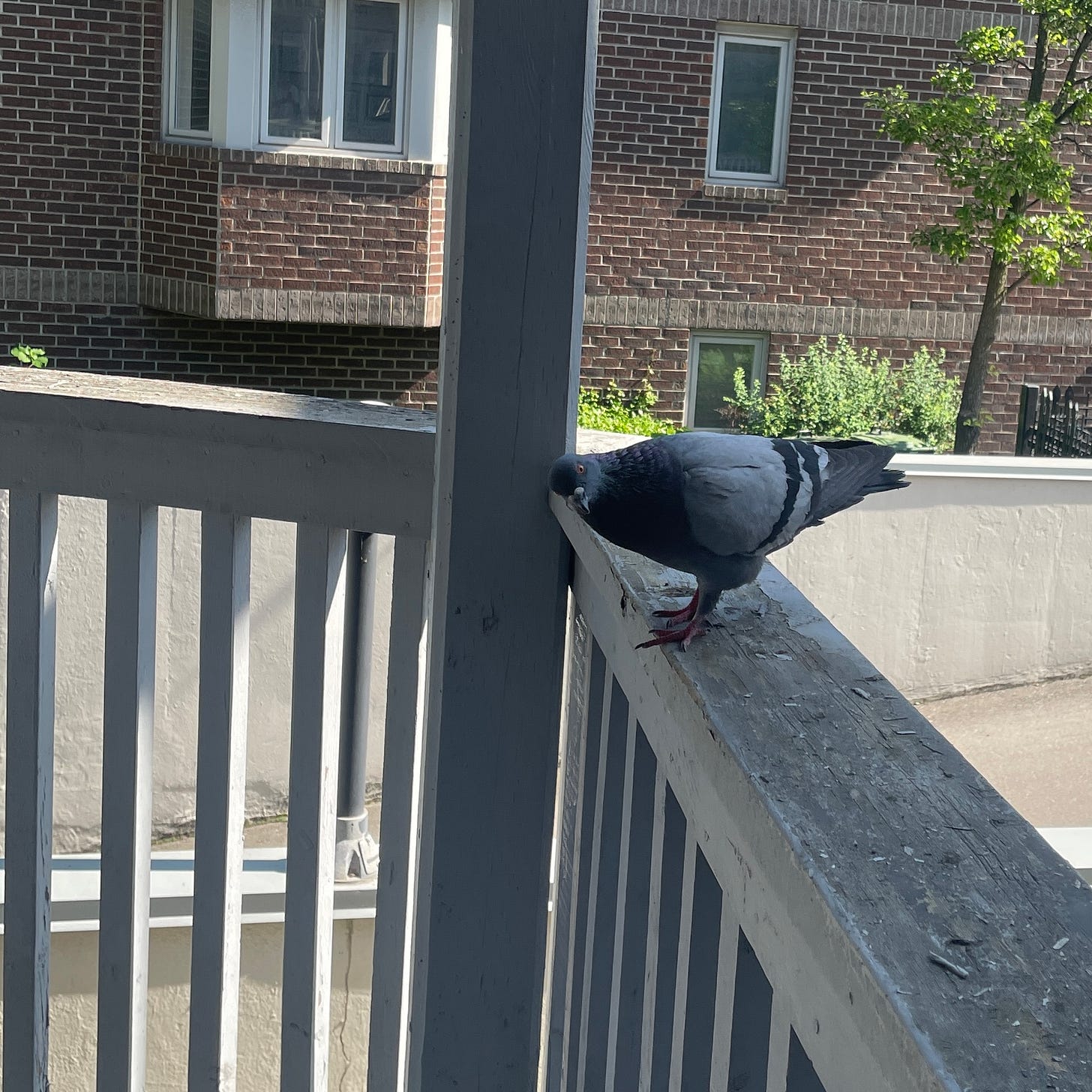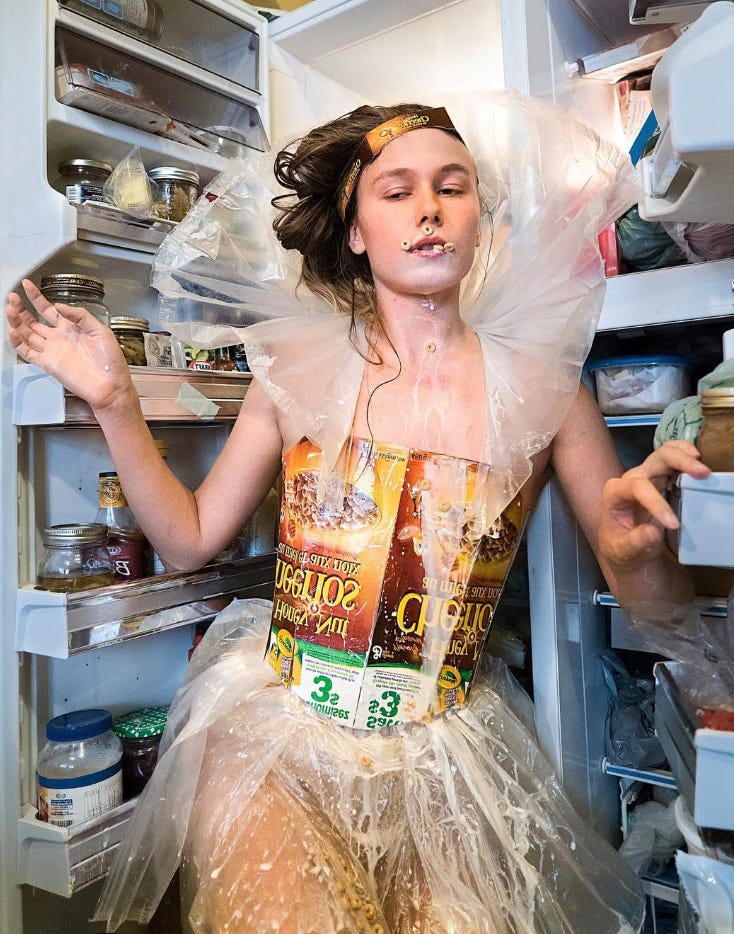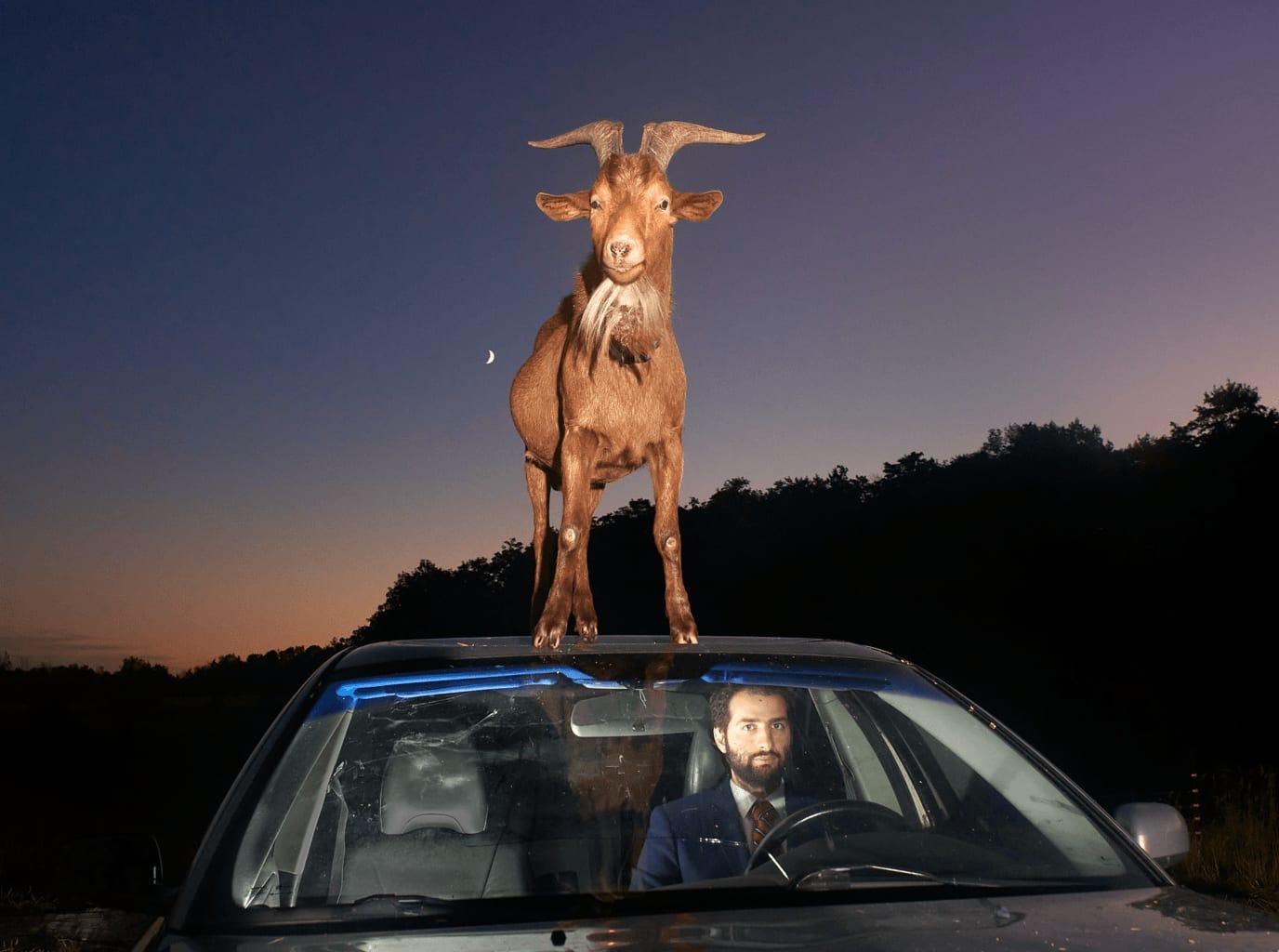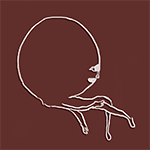Stop and Smell the Roadkill
Tending to neglected things, moving at your own pace through the world.
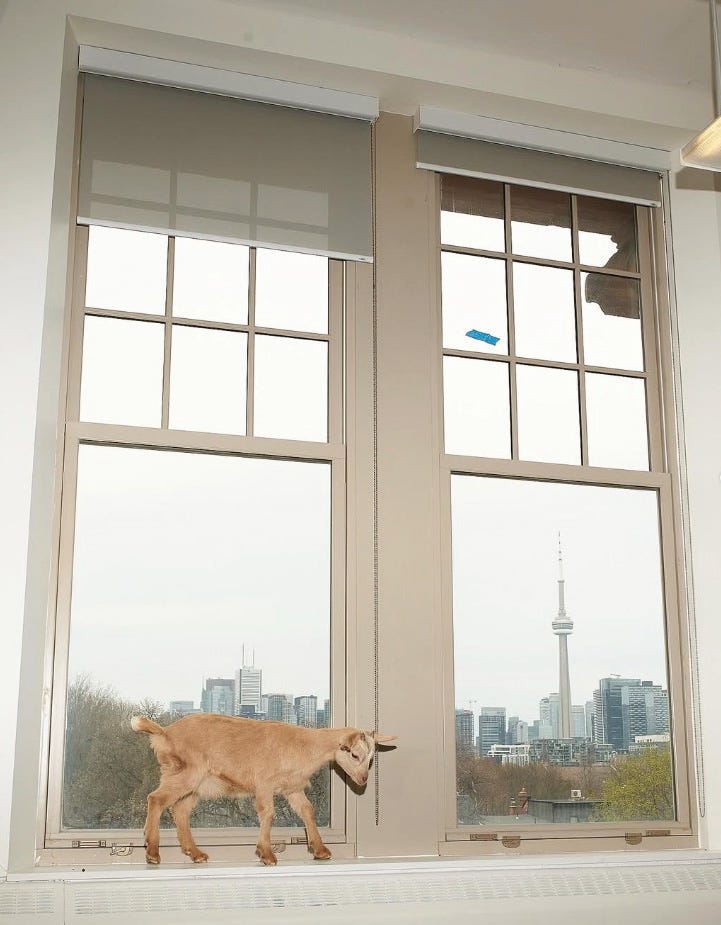
Good morning everyone. I am writing this letter from my patio. Surely you are dying to know that the lady above me has taken up chain smoking again, after a valiant effort to kick the habit. She spends all day on her deck, her bone-dry cough and raspy voice ringing through the courtyard while she harasses employees over Zoom calls. One of her meetings just ended and she released a long, world-weary sigh before lighting up another cigarette. Sometimes I think I am the only person that gets her.
The couple in the unit to my right is also enjoying their morning routines: the man is watching Djokovic, his Serbian chants sailing through the screen door; his wife is feeding an entire ecosystem of local fauna. Their patio is lined with receptacles—an upside-down frisbee, a burnt-black saucepan, several mugs—which she refills with a selection of snacks worthy of a hotel minibar. Hordes of squirrels, pigeons, and the occasional raccoon camp around in alarming concentration. She refers to her favourites by name (ENOUGH graham crackers for Mr. Blobby!! comes her husband’s voice from inside), tells them stories, sings them songs, in her lovely Barbadian lilt. Her deck has gone white with a layer of dried shit. The pigeons grow bolder by the day, perching mere inches from my chair, unintimidated by my swipes in their direction.
After an encounter with a particularly bold pigeon, I considered snitching on the lady to property management. The impulse faded in a moment of watching her carry on with such innocent joy. Why am I bothered by these pigeons, anyway? I learned, at Sage Szkabarnicki-Stuart’s artist talk, that pigeons are descendants of doves. A quick change in mindset towards these “vermin” could transform my courtyard into a sanctuary of peace. We harbour a particular disgust for animals who symbolize our filthiness, forgetting that we once domesticated pigeons as food sources, messengers, and pets. At some point we moved on to cuter or more useful creatures, but the pigeons never moved on. We hate them for it.
Of course, this letter isn’t about pigeons, feces, or chain smoking. I suppose it’s about what happens when we take a few extra moments to consider our interactions with those unsavoury things.
Pick any of Sage Szkabarnicki-Stuart’s images and she will recant, with a mischievous smile, the laborious process that went into capturing it. In the image above, she set up topless in the parking lot of a strip mall, donned a wig, and slathered on layers of dollar store sprinkles. It was not until the sun was high in the sky that she had sufficiently courted the local pigeonry and had the correct angle for the shot. In the image below, Absinthe, she carved notches into the tree so each cup could stand on its own. Then she dyed herself green and surely took hundreds of shots—naked, in the winter, at nighttime—to arrive at the one with her cat so perfectly posed (can you see it?).
Most of the time she devises these set pieces alone, with a remote controller for her camera to execute the image. My descriptions above no doubt capture only a fraction of the planning and ingenuity required. This is an inspiring example of dedication to a process which constantly re-enchants the artist to her surroundings. Inspiration is anywhere; every space is valuable as-is. With a certain will and creativity, the bleakest scenes become a playground.
“I believed that you needed money to be special. But obviously it’s hard for artists to make lots of money, and this way of thinking devalues them. My process is all about exercising my own self determination and will. There is value alone in what my mind can do, without having to be rich.”
- Sage Szkabarnicki-Stuart, during her artist talk.
Sage’s props are emphatically unglamorous—McDonald’s, scavenger animals, plastic litter. Her images do not have slick colour grading or balanced lighting, they have a distinctly raw finish that feels too unprocessed to call an “aesthetic”. The videos in the exhibition are grainy and shoddily edited, with a sparkle effect resembling a TikTok filter. Nevertheless, each of her set pieces is theatrical, lowbrow yet clever, full of easter eggs. As you look at a given image, questions unfold about its inspiration, how it came to be. Each answer from the artist contains an entertaining story of mishap and experimentation. Sage evidences her quote, above, that a rich inner world, a sustained curiosity turned outwards, is a more formidable thrust of an artist’s work—and ultimately a life—than one’s material conditions. She may not be able to afford an Elizabethan dress, but the Cheerios are on sale and her fridge has buttermilk, which stains the plastic an elegant white and is viscous enough to last for the photoshoot.
The exhibition space, too, offers few of the white cube attributes typical to shows I cover. Makeshift lighting clamped onto the ceiling. Off-white, oil-stained walls and scuffed-up wood floors. It’s more interesting when you have a space to respond to, the artist said (and I paraphrase). Many of the works are site-specific images of goats playing in the very same room, exemplifying the idea that play (art) can, and should, be conducted anywhere—it might even be better this way. It feels fitting that the source material for the show involved several goats shitting and pissing in the gallery.
I’ll finish with a story the artist shared, which is a more profound statement on her practice than anything I could muster:
On the drive to her chiropractor appointment, Sage passed by some roadkill. Something about it was calling to her. She continued driving, torn between curiosity and practicality—she had an appointment to get to, after all. Curiosity prevailed. She drove back to the roadkill. A dead possum. She inspected the deceased’s pouch to find several infant possums, alive, but barely. She removed the doomed creatures and took them to a cafe for food and water. At the chiropractor’s office she apologized for her tardiness, motioning to the possums which hung out of her coat pocket. In the ensuing days, she attempted to nurse them to stability, sourcing advice from professionals. Despite her heroic efforts, none of the babies survived. This whole story nonetheless unfurls from a piece of roadkill that no one else had stopped to consider.
I am back on my patio, proofreading this letter. A pigeon watches me with weirdly sentient eyes, but I don’t shoo it away. I stare back, wondering about these creatures whom the Greeks once trusted to relay news of the Olympic Games across the land. The woman above me is hacking away and muttering about some inconvenience or other. A Roland Garros match plays way too loudly; I know Novak is struggling from the man’s curse-laden exclamations—so much passion, despite the tournament being over and the match being a rerun. The lady from Barbados is shaking a bag of seeds, summoning her army of vermin to the patio once more. One snapshot amongst millions in the big, ugly city. It’s all so dumb and enthralling.
Wonder
Sage Szkabarnicki-Stuart [link]
Koffler Arts [link]
29 May - 13 July, 2025
Happy solstice 🌞



